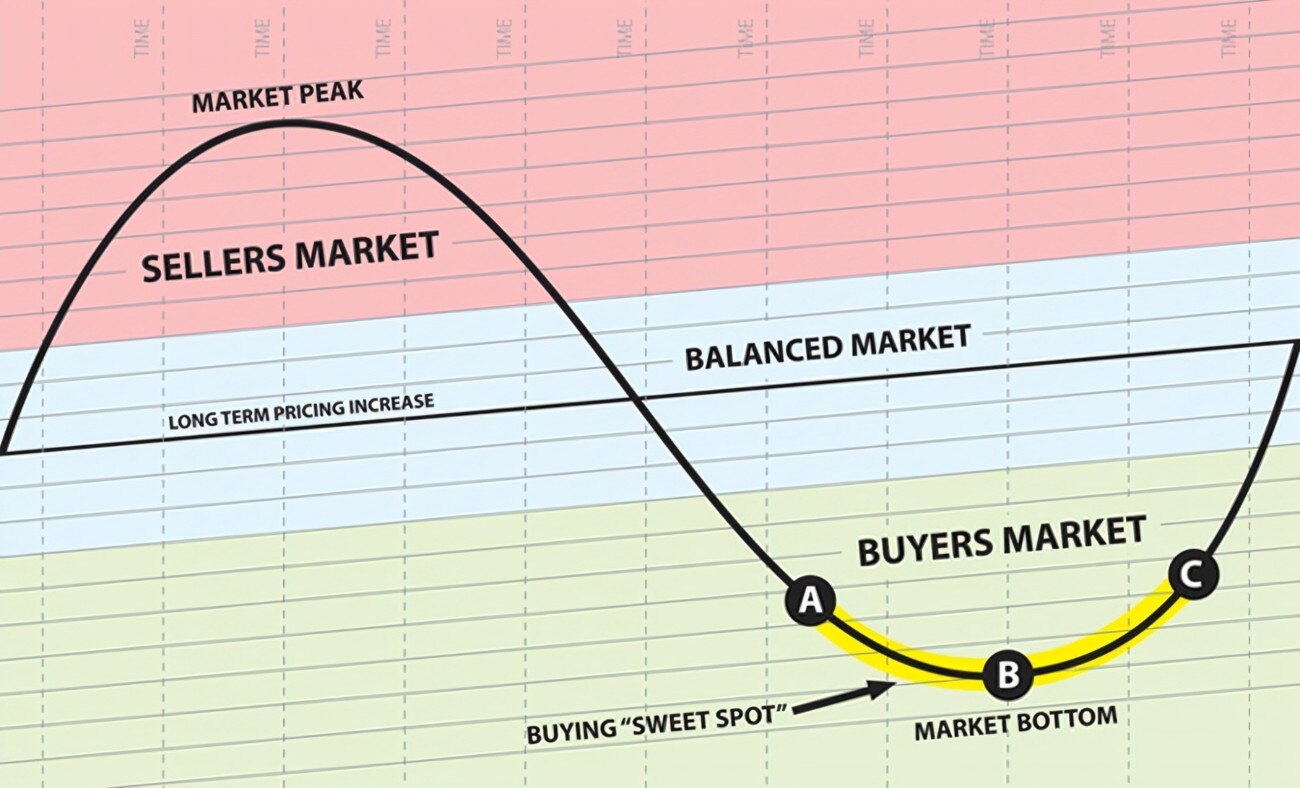The Shift from Seller's Market to Buyer's Market
Read Time 3 mins | Written by: Steve Zabawa

Why Dealers Need a Robust Digital Retailing Strategy:
In recent years, the automotive market has seen unprecedented challenges and transformations. The COVID-19 pandemic, supply chain disruptions, and fluctuating consumer demand created a seller's market where dealerships could sell vehicles with minimal effort due to high demand and limited inventory. However, 2024 is signaling a significant shift towards a buyer’s market, necessitating a strategic pivot for car dealers.
The Changing Market Landscape
Several indicators highlight the transition from a seller's market to a buyer's market. According to a report by Money, new car prices have decreased by an average of 2.4% over the past year, driven by increased vehicle inventory (Money). Similarly, the Cars.com Industry Insights Report reveals a 36% year-over-year increase in new car inventory and a notable rise in vehicles priced under $30,000 (Cars.com). This surplus of inventory empowers buyers with more options and greater negotiating power.
Moreover, with cars remaining on lots for extended periods, dealers are under pressure to offer competitive prices and attractive deals to move their inventory. This shift underscores the importance of adapting to new market conditions to maintain and grow sales.
The Growing Demand for Digital Retailing
One of the most profound changes in consumer behavior is the increasing preference for online car buying. The Cox Automotive 2022 Car Buyer Journey Study reports that 47% of car buyers completed all or part of their purchase digitally in 2022, and a staggering 92% expressed a desire to do so in their next purchase (Cars.com). This trend is further evidenced by the rise in online research, financing applications, and even vehicle purchases.
Consumers now expect a seamless, transparent, and convenient buying experience that digital retailing provides. They want to browse inventory, get prequalified for loans, evaluate trade-in offers, and even finalize purchases from the comfort of their homes.
The Imperative for Dealers
For dealerships, the implications are clear: to remain competitive and grow in this buyer-centric market, they must meet customers where they are—online. Relying solely on traditional sales methods is no longer sufficient. Dealers need a robust digital retailing strategy that not only captures leads but also facilitates complete online transactions.
WebBuy: The Dealer’s Solution
WebBuy stands out as the premier digital retailing solution designed by dealers, for dealers. Our omnichannel platform offers:
- Seamless Online Transactions: Customers can complete every step of their car buying journey online, from browsing inventory to securing financing and finalizing the purchase.
- Unmatched Customer Service: Our dedicated support team ensures dealers get the most out of our tools, providing personalized assistance and ongoing training.
- Integrated Tools: Streamline your operations with real-time data and integrated features that enhance efficiency and drive sales.
By adopting WebBuy, dealers can offer a fully transactional, customer-centric experience that aligns with modern buying behaviors. This not only improves customer satisfaction but also converts more leads into sales at a lower cost per sale than competitors.
Conclusion
The shift to a buyer’s market marks a critical juncture for car dealers. Embracing digital retailing is no longer optional—it’s essential for survival and growth in today’s competitive landscape. By leveraging platforms like WebBuy, dealers can meet consumer expectations, drive sales, and secure their position in the evolving automotive market.
For more information on how WebBuy can transform your dealership's digital retailing strategy, contact us today.